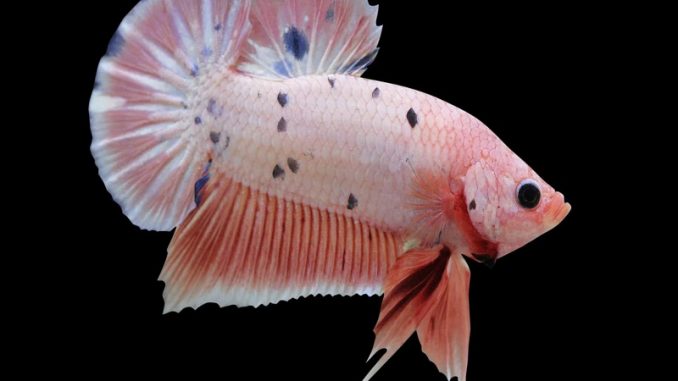
The plakat betta is a short-finned variety of betta fish that can come in lots of different colors and patterns.
They are a breed that has been designed for fighting, so they are potentially the most aggressive of all the bettas. With proper planning, you can keep aggression to a minimum though.
This guide has everything you need to get started with caring for a plakat betta, from their food and habitat preferences to ideal tank mates and breeding.
TABLE OF CONTENTS
Plakat Betta Facts & Overview
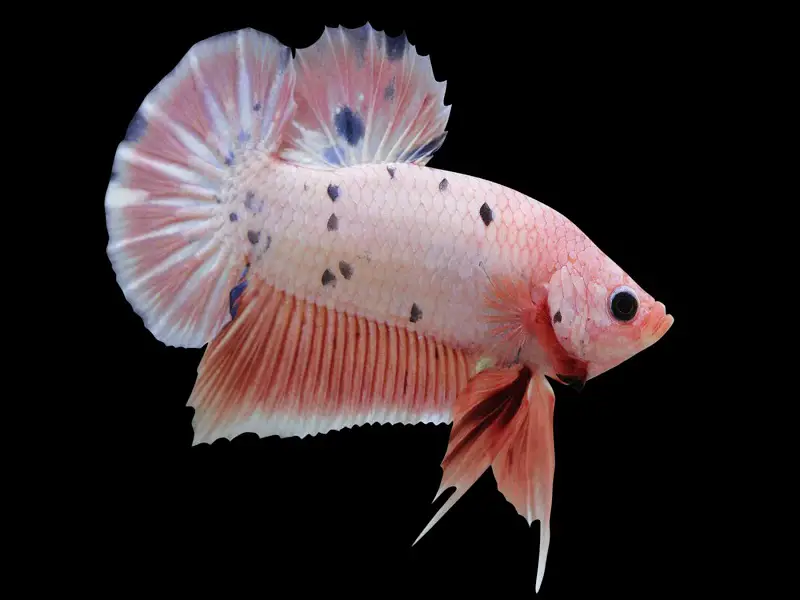
| Category | Rating |
| Care Level: | Moderate |
| Temperament: | Aggressive |
| Color: | Various |
| Lifespan: | Up to 3 years |
| Size: | Up to 3 inches |
| Diet: | Carnivore |
| Family: | Osphronemidae |
| Minimum Tank Size: | 10 gallons |
| Tank Set-Up: | Freshwater with plants and caves |
| Compatibility: | Kept singly or with peaceful shoaling species |
Plakat bettas, or Siamese Fighting Fish, are a variety of Betta splendens. Along with gouramis and paradise fish, they are members of the Osphronemidae family.
They have been selectively bred for fighting in Thailand, where they are known as plakat mohr. They have shorter fins than a traditional betta to help them move around quickly and avoid damage.
This special fighting breed is difficult to find in pet stores, so many people are forced to look online or contact a breeder. They can cost $10-$40.
To ensure that you’re buying a healthy fish, observe it for a while, to see if there are any signs of disease on their body or through their movements.
Appearance & Behavior
Most people are aware that bettas like to fight. They are territorial animals that will defend their own space if another fish gets too close. Because plakat bettas have been bred for fighting, they may be more aggressive than other varieties of betta, so only one per tank is recommended.
They can usually be found in the middle and upper levels of the aquarium. Sometimes they will head up to the surface, they do this to breathe since they have a labyrinth organ that can take oxygen from the air.
Appearance
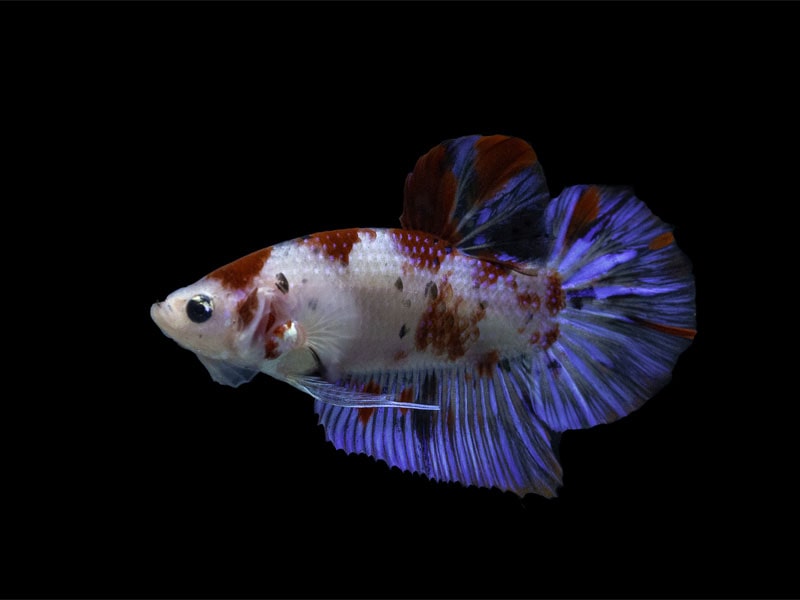
Long-finned bettas are most often seen in a home aquarium, but plakat bettas are a short-finned variety designed for fighting. The tail and dorsal fins have notable rays, making them much stronger.
Since fighting is the main drive behind their breeding, color isn’t considered as important. They can be found in all sorts of color combinations and designs, though they are often muted compared to other varieties.
An adult plakat betta reaches up to three inches in length. Their head reduces to a point, where there’s an upturned mouth and a powerful jaw.
Males are identifiable because they tend to be slightly larger with brighter colors.
Habitat and Tank Conditions
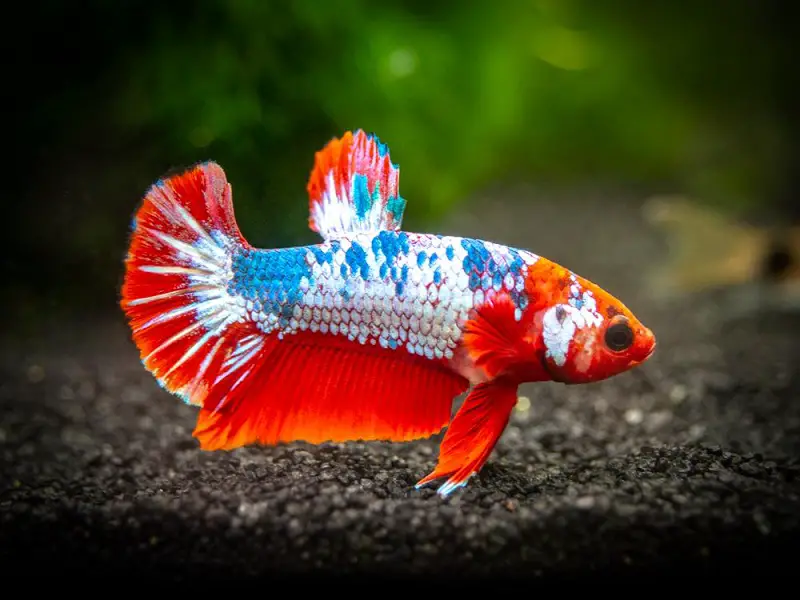
Bettas are an Asian species that can be found in Thailand, Cambodia, Laos, and Vietnam. They live in river basins and rice paddies where the water is almost stagnant.
These habitats tend to have a low oxygen content, so having a labyrinth organ becomes very important. The water would be warm and there would be plenty of vegetation in the environment.
Try to replicate these habitats in your home for the best chance of keeping your plakat betta healthy.
Tank Condition
Start with a fine-grained substrate covering the bottom of the aquarium. You can then add lots of live plants to extend upwards.
Adding some floating plants will provide an area for your plakat betta to build a bubble nest.
Use decorations to make the tank more interesting for your fish. Create some caves that a betta can claim and hide away in when they are stressed.
Keep the water at a temperature of 75°F-80°F, a pH of 6.0-8.0, and hardness of 5-35 dGH.
Minimize the power of your filter outlet to recreate the slow-moving waters that these fish are used to.
What Size Aquarium do they need?
A single plakat betta needs at least a 10-gallon aquarium. Keeping one in a small community will require a larger tank so that the betta can have its own territory.
Tank Mates
Compatibility is the main issue when trying to design a tank for a plakat betta. Their aggression can make it difficult to find suitable tank mates.
You can keep a betta with small shoaling species though. Fish like danios, White Cloud Mountain minnows, and tetras are ideal.
Don’t add species that might provoke your plakat betta, like fin-nippers, boisterous fish, or other territorial species.
Can You Keep Plakat Bettas Together?
You should only keep one plakat betta per tank. These fish are bred for fighting and will fight to the death if another betta approaches their territory.
Care
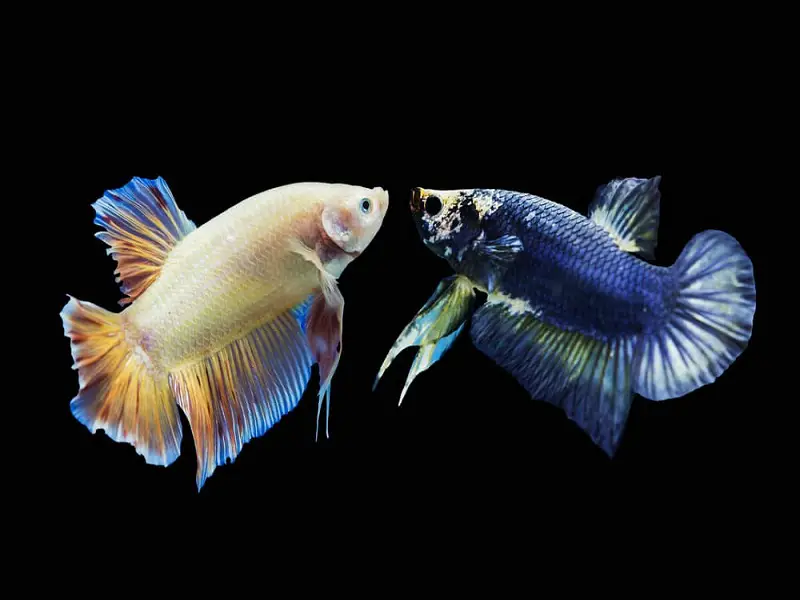
If you have planned for your plakat betta’s aggression when choosing tank mates, caring for this species is fairly straightforward.
By maintaining a healthy environment, problems should be rare.
Keep algae levels at a minimum and change the water in the tank each week. Using a water testing kit each week should reveal if you are doing this enough; it’ll show if the water parameters are correct.
Diseases find it difficult to take hold in a clean aquarium, but they could still infect your plakat betta, even though it is a hardy fish.
Look out for common freshwater diseases, like the white spots associated with ich, or the fin degradation associated with fin rot.
There are medications that you can buy from pet stores for these diseases, but treat your fish in a quarantine tank if possible, to protect any tank mates.
Diet
A varied diet is the best way to supply a range of nutrients to your plakat betta.
They are carnivorous fish that would eat things like insect larvae and small fish in the wild. You can mimic this at home.
Give them a selection of live/frozen foods, such as bloodworms, daphnia, and brine shrimp. Dried foods can be used but they are less nutritious, so make sure to supplement them.
Only feed your plakat betta an amount that they can finish within two minutes.
Breeding
Breeding bettas is always a challenge, and breeding plakat bettas require even more dedication because it is difficult and takes time. You must always maintain the perfect environment.
Keep the water at a higher temperature of 78°F-80°F.
To start, you must condition your male and female for a couple of weeks. Keep them separately and feed them high-quality foods 2-4 times a day.
When mating, the female will darken in color and the male will chase her around. The female will release her eggs and the male will take them to his bubble nest. They’ll hatch after a few days.
It is the male’s job to protect the eggs and resultant fry when they are vulnerable.
Are Plakat Bettas Suitable for Your Aquarium?
If you have no previous fishkeeping experience, you should probably keep one plakat betta on its own in a tank. Anyone feeling confident can mix in some peaceful shoaling species to create a community.
They aren’t especially difficult creatures to look after. If you put the effort to maintain a clean aquarium, they should stay healthy and disease-free.
Plakat bettas are a great way to add activity to your setup; they display some unique behavior and they will soon show off a feisty temperament.
Is the plakat betta the best variety? Let us know in the comments below…


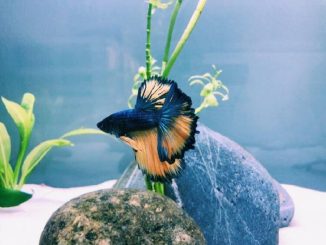
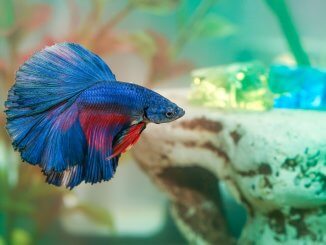
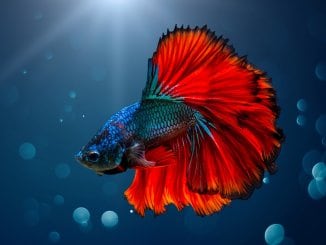

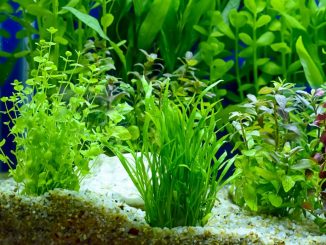
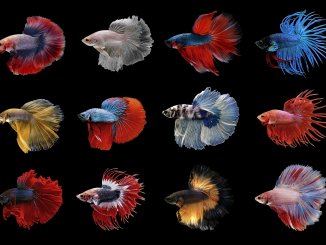
Be the first to comment